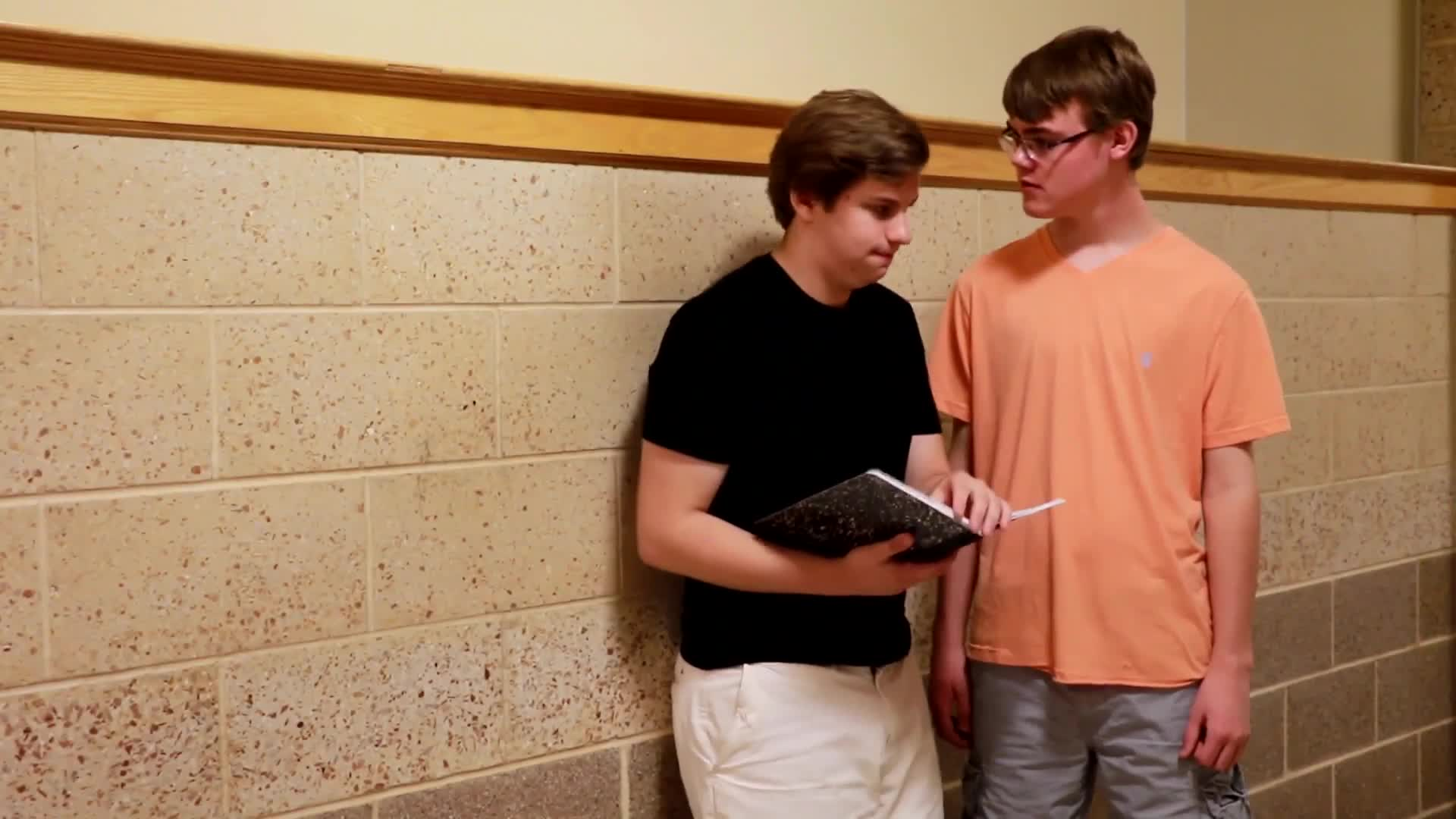
Introduction
As educators, it’s essential to teach our kindergarten students the importance of maintaining an appropriate distance while conversing. This skill is a crucial aspect of social-emotional learning, as it helps children understand the concept of personal space and enables them to interact with others comfortably. In this blog post, we will discuss an easy-to-implement, no-prep activity that teaches students about the appropriate distance to maintain during conversations, followed by discussion questions, related skills, and next steps.
No-Prep Activity: “Arm’s Length Conversations”
This simple activity requires no preparation or materials from the educator. The goal is to teach students that the ideal distance for a conversation is about an arm’s length away from the other person.
- Ask your students to pair up with a partner.
- Instruct the pairs to practice having a conversation while standing too far away from each other. Encourage them to notice how difficult it can be to hear and communicate effectively.
- Next, have the pairs practice having a conversation while standing too close to each other. Ask them to pay attention to how uncomfortable it can feel to invade someone’s personal space.
- Finally, have the students practice having a conversation while maintaining an arm’s length distance from their partner. This is the “green area” where they should aim to be during conversations.
- After the activity, bring the class together for a discussion about their experiences and the importance of maintaining an appropriate distance during conversations.
Discussion Questions
- How did it feel when you were standing too far away from your partner? What made it difficult to have a conversation?
- How did it feel when you were standing too close to your partner? What made it uncomfortable?
- Why is it important to maintain an appropriate distance during conversations?
- How can you remember to keep an arm’s length distance from others when talking?
- How can understanding personal space help us build better relationships with others?
Related Skills
Teaching students about maintaining appropriate distance during conversations is just one aspect of social-emotional learning. Other related skills that can help kindergarten students develop healthy social interactions include:
- Active listening: Encouraging students to listen carefully to what others are saying, without interrupting or thinking about their response while the other person is talking.
- Nonverbal communication: Teaching students to be aware of their body language, facial expressions, and gestures, and how these can impact their interactions with others.
- Empathy: Helping students to understand and share the feelings of others, which can lead to more compassionate and supportive relationships.
- Conflict resolution: Teaching students how to peacefully resolve disagreements and find solutions that work for everyone involved.
Next Steps
If you’re interested in learning more about teaching social-emotional skills to your kindergarten students, sign up for free sample materials from Everyday Speech. These resources will provide you with engaging activities, videos, and lesson plans designed to help your students develop essential skills for successful social interactions.

